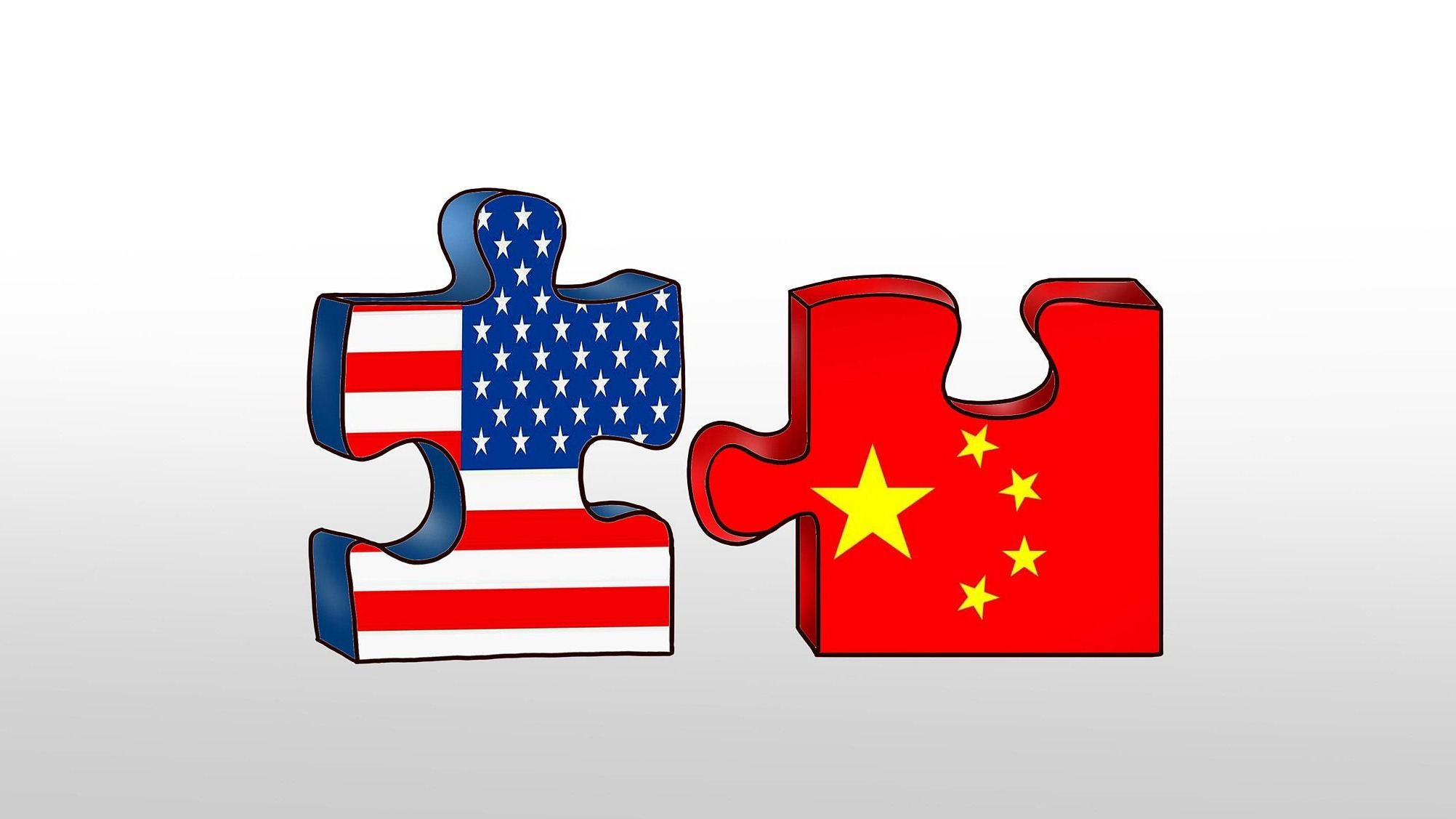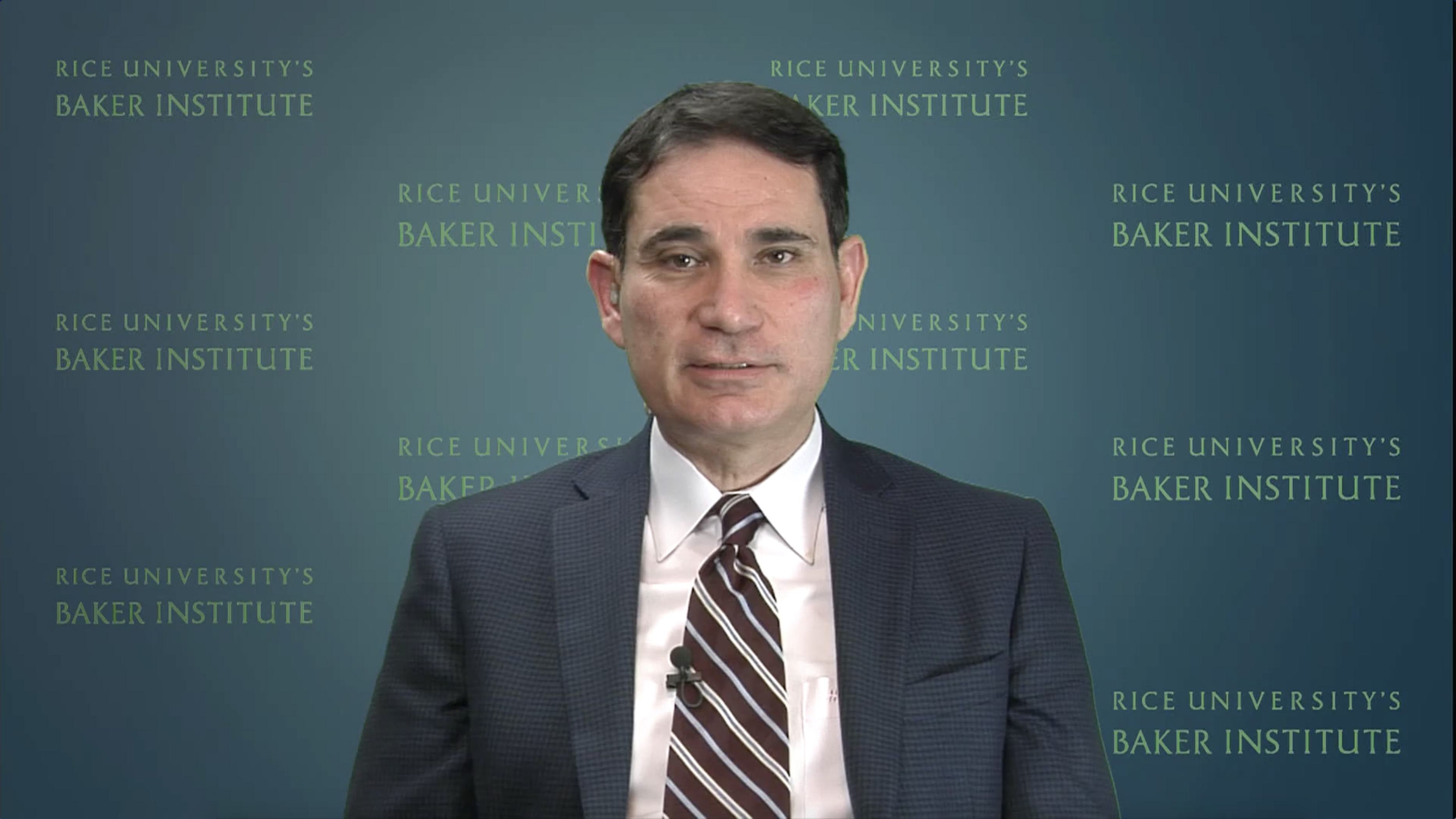
Opinions
11:36, 06-Dec-2018
The Heat: China-U.S. dinner meeting brings multiple interpretations
Updated
11:10, 09-Dec-2018
CGTN's The Heat

“I'm a Tariff Man,” U.S. President Donald Trump twitted on December 4 putting the U.S. trade disputes back on the table just three days after the G20 truce after the working dinner. The stock market showed a panic directly after the twitter, with Dow Jones Index dropping more than 800 points on that day. What is the real takeaway of the working dinner for both China and the U.S. - a no-deal situation or a some-deal situation?
Zhao Hai, a research fellow with the Chinese Academy of Social Sciences, holds a somewhat optimistic view. He focuses on the ground facts of the dinner that a truce has achieved and certain compromises between two sides have been made.
Though details remain unknown, the two countries share a consensus they will coordinate, cooperate and maintain the stability of the bilateral relationship. As for the changing of the U.S. leading negotiation representative, he thinks that Robert Lighthizer would bring new prospects for an outcome.
John Sitilides, the principal at Trilogy Advisors LLC, is slightly more cautious. He suggests that the situation is still unclear until negotiation teams bring back results. The two countries can't agree upon the outcomes of a working dinner, and Trump is also hammering political pressure at the same time on China. Moreover, Lighthizer represents the hardliners over trade, casting uncertainties over the future of the negotiation.
01:26

The mixing messages expressed from the working dinner between President Xi and President Trump result in multiple interpretations. As Simon Marks, the president and chief correspondent of Feature Story News, notices, the interpretation differs not only between China and the U.S. but also differs within the Trump administration.
Eleanor Clift, the political analyst with the Daily Beast, expresses her concerns that Trump might see tariffs as revenue instead of a form of tax on people. The stock market further depressed as it believed no deals are likely to be achieved within the 90 days.
Shifting the view from east to south, the new deal to replace NAFTA, USMCA is largely contributed by Lighthizer from the American side. The director of the Mexico Center at the Baker Institute at Rice University, Tony Payan stresses that Lighthizer is trusted and acknowledged by President Trump as his chief negotiator on trade. Therefore, future negotiations between Chinese representative Liu He and Lighthizer could express more direct messages from the presidents.
Besides, the U.S. is still overwhelmed with the thousands of asylum seekers at the border. On this point, Payan further indicates that it will veer into a long-term issue as the asylum seeking process is slow. At the same time, Mexico's new President Andres Manuel Lopez Obrador refers to the migration issue as a development issue and is determined to negotiate the problem with the U.S. government.
Sitilides and Clift discuss the issue from the perspective of domestic politics. They present an overview of the situation of the public opinion supporting the wall, and Trump getting the money, while the debate in Congress may not allow the budget to pass.
(If you want to contribute and have specific expertise, please contact us at opinions@cgtn.com)

SITEMAP
Copyright © 2018 CGTN. Beijing ICP prepared NO.16065310-3
Copyright © 2018 CGTN. Beijing ICP prepared NO.16065310-3